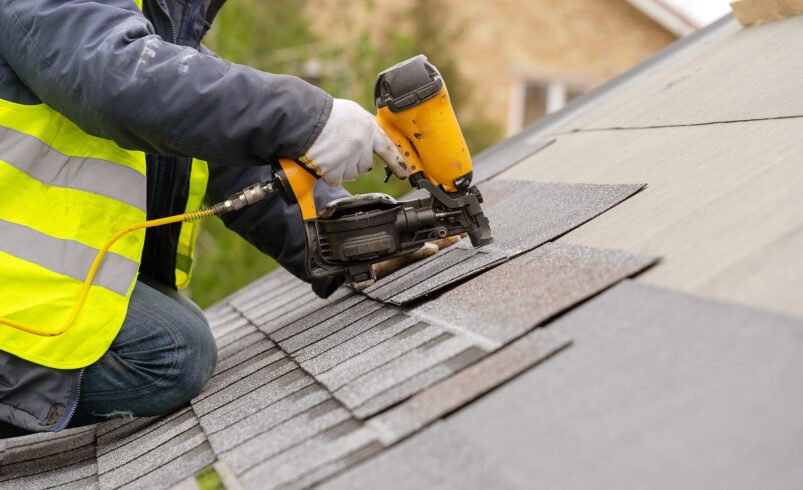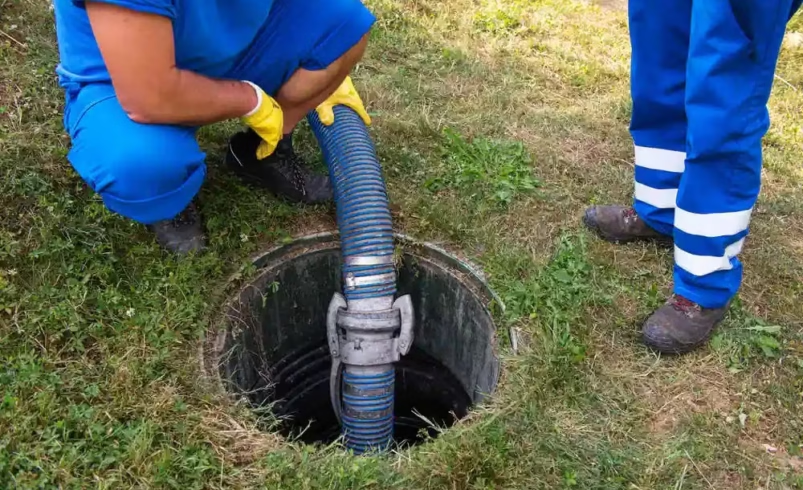Best Practices for Roof Installation in Erie, PA

When it comes to home improvements, few projects are as critical—or as easy to get wrong—as roof installation. And in Erie, PA, where harsh winters and lake-effect snow are the norm, the margin for error shrinks even further. But here’s what might surprise you: it’s not just about picking the right shingles. Great roof installation in Erie, PA starts before anyone climbs a ladder.
This guide offers a smart, practical take on what makes a roof last in Erie’s climate. From contractor red flags to insulation hacks, here are the best practices you need to know—whether you’re replacing an old roof or building from scratch.
Know Your Local Climate (And Its Quirks)
Erie’s weather doesn’t mess around. It’s not just cold; it’s unpredictable, with freeze-thaw cycles that can cause major damage over time. Roofs here face:
- Heavy snow accumulation
- Ice dams
- Strong winds off Lake Erie
- Humidity swings from wet springs to dry autumns
That means roofing choices that might work in other parts of the country just won’t cut it here. In Erie, durability and insulation matter more than aesthetic trends or cost-cutting shortcuts.
Step One: Materials Matter More Than You Think
Don’t just default to asphalt shingles because they’re common. In Erie, certain materials hold up better over time. Metal roofs, for instance, shed snow easily and resist ice dam formation. High-quality asphalt shingles with Class 4 impact resistance are another smart option—they offer a balance of durability and cost.
Pro tip: Look for materials rated for at least 130 mph wind resistance. Erie’s storms can surprise you.
Don’t Skip the Underlayment Conversation
Underlayment is the protective layer between your shingles and your home. And in a place like Erie, it’s a silent workhorse. Ask your contractor about synthetic underlayment, which resists moisture and lasts longer than traditional felt. Also, ice and water shields along roof edges and valleys are a must in areas prone to ice dams.
It’s easy to overlook underlayment because you’ll never see it again. But in Erie, it can be the difference between a dry attic and a costly winter leak.
Ventilation Isn’t Optional
Here’s where many homeowners make a costly mistake: ignoring attic ventilation. A well-ventilated attic aids in controlling moisture and temperature. Without it, you risk mold growth, wood rot, and even warped shingles.
Erie’s winters create the perfect storm for trapped heat and condensation. Your roof should include a balanced system of ridge vents and soffit vents. If a contractor glosses over this step, that’s a red flag.
Ask About Ice Dam Prevention—Early
When snow melts on a heated roof, it trickles down and refreezes at the edge, creating ice dams. They’re common in Erie and can cause significant damage—water backs up under shingles, leaks into walls, and ruins insulation.
The best defense is a combination of attic insulation, proper ventilation, and heating cables in trouble spots. Make sure your roofing contractor builds a plan around this from the beginning, not as an afterthought.
Timing Isn’t Everything—But It Does Matter
Summer and early fall are prime times for roof installation in Erie PA. That’s when contractors can work without weather delays, and materials seal more effectively in warmer temperatures.
But don’t panic if you need work done in colder months. Just make sure your installer understands how to handle cold-weather materials and prevent moisture entrapment. Quality work is possible year-round if the crew knows what they’re doing.
Choose the Right Contractor (Not Just the Cheapest)
It’s tempting to go with the lowest bid, especially on a project as expensive as a new roof. But in Erie, cutting corners now can mean thousands in repairs later.
Instead, look for:
- Local experience (not just someone passing through)
- Licenses and insurance
- Detailed estimates with material specs
- Warranties that cover both product and workmanship
Ask how they handle unexpected weather delays. Ask how they protect landscaping. Ask for photos of past jobs. If you get vague answers, move on.
Inspections Before and After Installation
Before work begins, a good contractor will inspect not just the old roof, but the underlying structure—rafters, decking, flashing, and insulation. If they’re just tearing off shingles without checking the bones of your roof, that’s a sign they’re rushing.
Post-installation, expect a full walk-through. You should receive photos of critical areas (chimney flashing, vent seals, etc.) and a checklist of what was done. A solid roofer wants to show off their work—not hide it.
Be Ready for the Unexpected
Sometimes rot is hidden until the old roof comes off. Or insulation is found to be inadequate. A good roofing plan includes a buffer—both in budget and schedule—for the unknowns.
This isn’t about upselling. It’s about making sure your roof works as a system, not just a shell.
Invest Once, Not Twice
It’s tempting to “just patch it for now” or to go with cheaper materials. But Erie’s weather doesn’t forgive shortcuts. When you follow these best practices, you’re not just getting a new roof—you’re building peace of mind that lasts decades.
That’s why smart homeowners in this area don’t ask if they should follow best practices. They ask how soon they can start.
In the end, a roof isn’t just protection from the elements. In a place like Erie, it’s your first line of defense against the forces of nature. Get it right the first time—and you won’t have to think about it again for a very long time.



